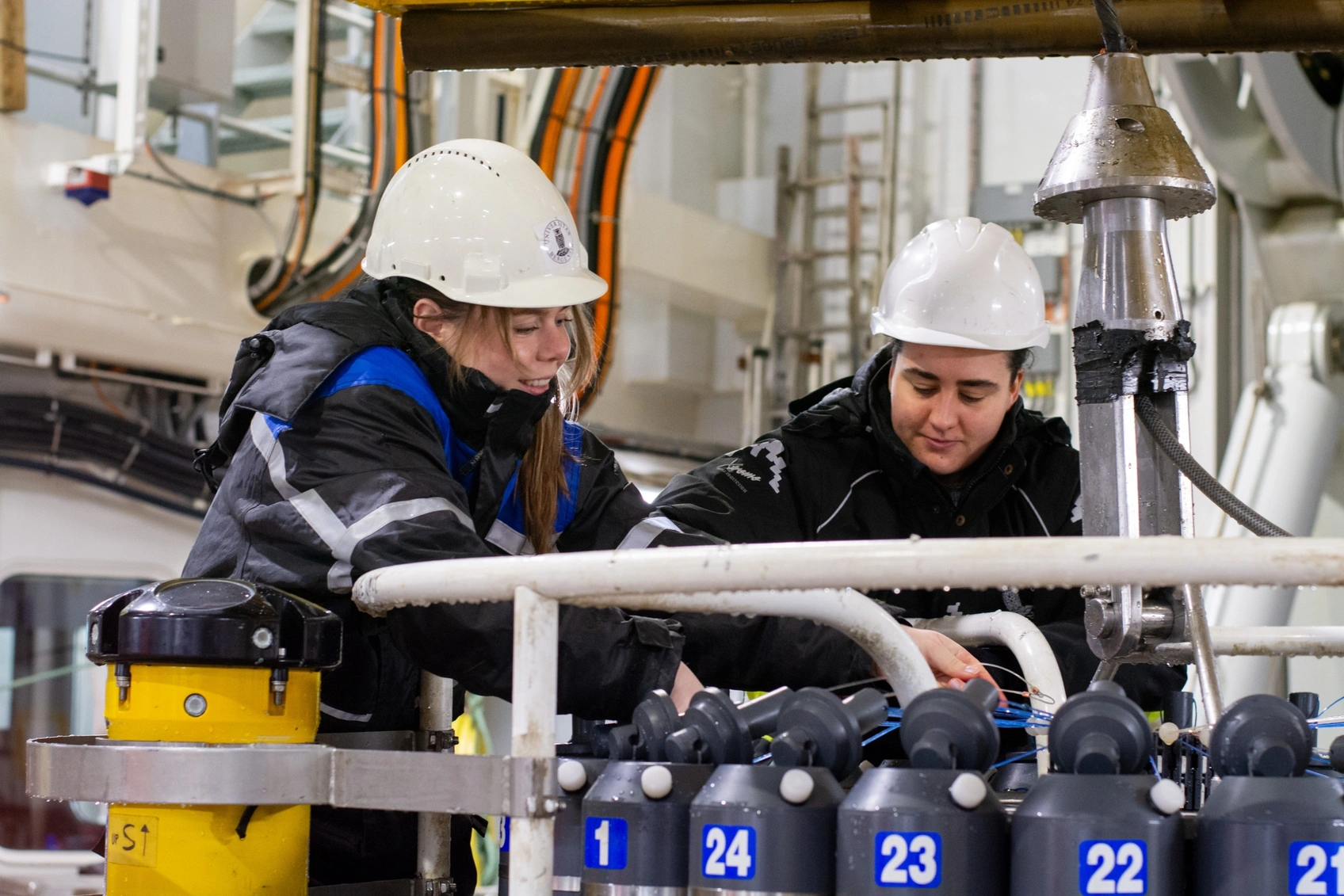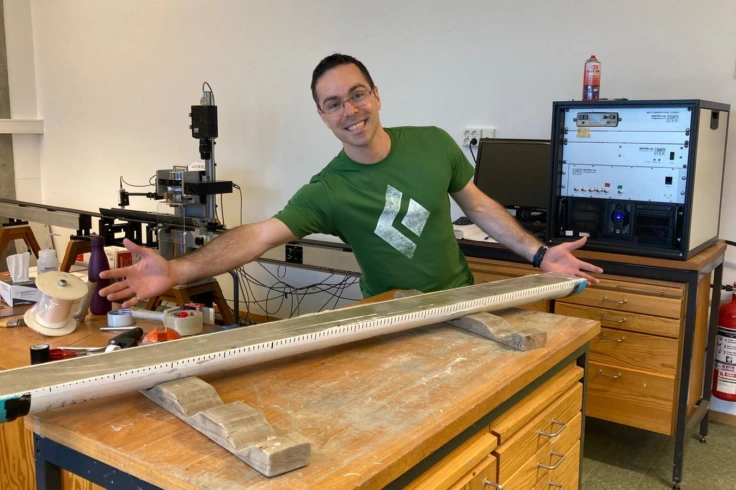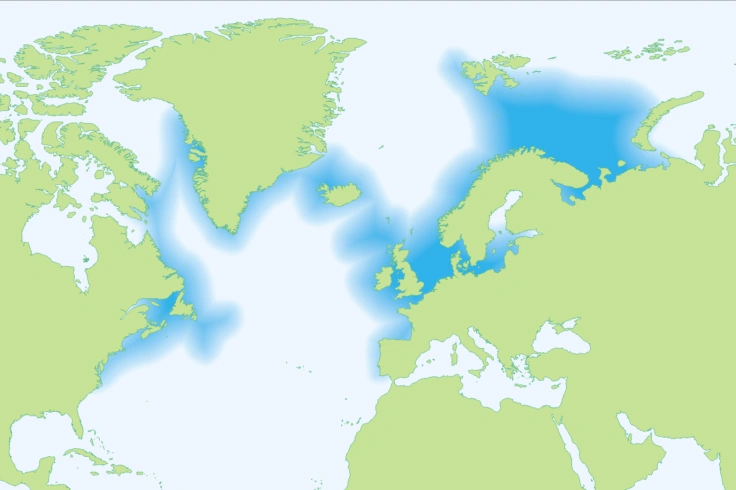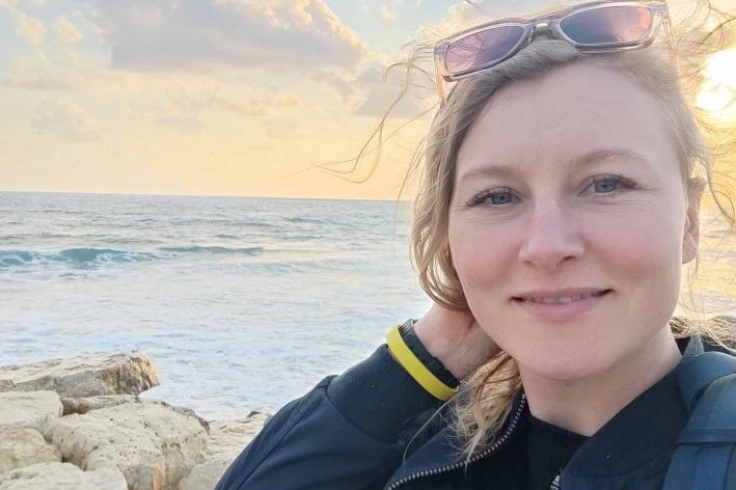
Hvordan finner man ut hva som foregår i vann som ligger under vann?
Les merFinn en ekspert
Våre forskere er ansatt enten hos NORCE, UiB, Nansensenteret eller Havforskningsinstituttet. Forskerne jobber sammen på tvers av ulike naturvitenskapelige disipliner. Finn forskere med fagbakgrunn blant annet innen meteorologi, oseanografi, geologi, geofysikk, biologi og matematikk.
Publikasjoner
Forskere ved Bjerknessenteret publiserer mer enn 200 vitenskapelige artikler hvert år.
Prosjekter
Forskere ved Bjerknes er involvert i flere prosjekter, både nasjonalt og internasjonalt. Prosjektene eies av partnerinstitusjonene, med unntak av våre strategiske prosjekter.
Våre forskningsgrupper
Andre forskningsområder
Lær om klima
Se alleAktuelt
Se alle
12.12.25
Ny doktorgrad: Avdekker tidlige menneskers eldgamle miljøer
Ved hjelp av en marin sedimentkjerne som ble tatt opp fra havbunnen i 2020, rekonstruerte Purcell tidligere klimamønstre.

09.12.25
Skreien har fulgt termometeret
De siste tiårene har torskestammen i Barentshavet gått opp og ned med sjøtemperaturen. Om bestanden vil vokse i årene som kommer, avhenger av mer enn vannet.

28.11.25
Ny doktorgrad - Grønlandsisens fremtid
Charlotte Rahlves disputerer 3.12.2025 for ph.d.-graden ved Universitetet i Bergen med avhandlingen "Improving Greenland ice sheet projections across timescales".






